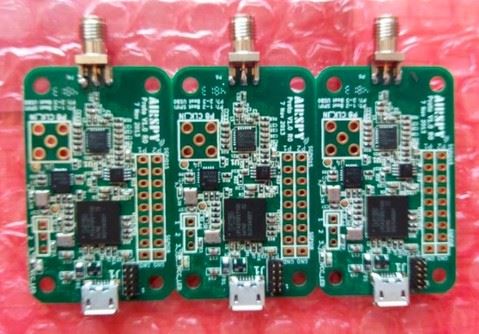Pytacle – A GSM Decoding/Decrypting Tool Now Supports RTL-SDR
Pytacle, a Linux tool used for automating GSM sniffing has been updated to alpha2, and now supports the RTL-SDR dongle with this update.
According to the website pytacle is
a tool inspired by tentacle. It automates the task of sniffing GSM frames of the air, extracting the key exchange, feeding kraken with the key material and finally decode/decrypt the voice data. All You need is a USRP (or similar – [RTL-SDR]) to capture the GSM band and a kraken instance with the berlin tables (only about 2TB
)




